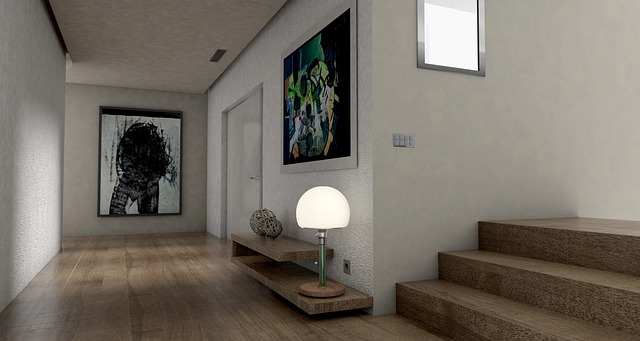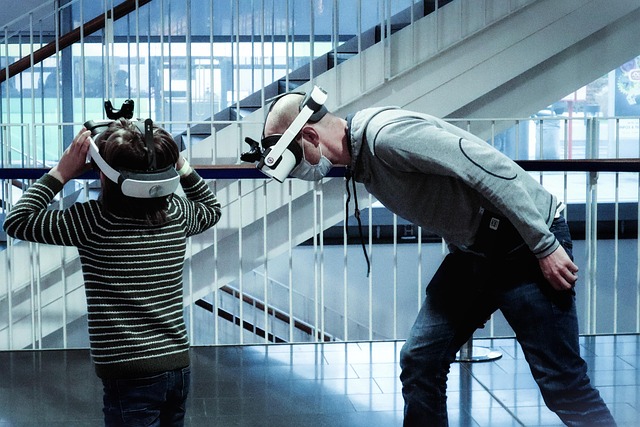Exploring 3D Interaction: The Future of Software in Virtual Reality, Augmented Reality, and the Metaverse
In today’s tech-driven world, the evolution of 3D interaction is reshaping the way we engage with software. As we delve into the realms of Virtual Reality (VR), Augmented Reality (AR), and the Metaverse, we find ourselves on the brink of a revolutionary shift in user experience. The possibilities seem almost limitless, and they beckon us to immerse ourselves in new digital landscapes.
Virtual reality has come a long way since its inception, evolving from simple gaming experiences into expansive, fully immersive environments. Users don VR headsets to interact with meticulously crafted virtual worlds, where 3D interaction allows for natural movements and gestures. Imagine walking through a lifelike cityscape, attending virtual meetings in a simulated office, or exploring distant planets—all at the flick of a wrist. These environments create an emotional connection, allowing users to feel as though they are truly a part of the experience.
On the other hand, augmented reality overlays digital information onto the real world, blending the physical and digital like never before. With the touch of a button, everyday surroundings transform into interactive canvases. Think about how apps like Pokémon GO allowed users to catch virtual creatures in their local parks, transforming mundane experiences into engaging adventures. This type of 3D interaction not only enhances our perception of reality but also fosters creativity and learning. From educational tools that let students visualize complex concepts to applications in retail that allow customers to see how furniture would look in their homes, AR bridges the gap between digital and physical worlds.
The Metaverse, a collective virtual space, is perhaps the most ambitious vision of all. It promises an interconnected universe where users can socialize, create, and transact across different virtual environments. In this dynamic landscape, 3D interaction takes center stage. Users can meet friends in a virtual café, attend live concerts in 3D arenas, or even build their own worlds to share with others. This future emphasizes not just passive observation but active participation, allowing for a richer, more fulfilling digital life.
As software developers explore the complexities of 3D interaction, they are faced with unique challenges and opportunities. Designing intuitive controls and realistic feedback mechanisms will be essential to ensuring users can navigate these new environments effortlessly. Developers are also considering accessibility, ensuring that everyone can participate in these experiences regardless of their physical abilities.
The convergence of VR, AR, and the Metaverse paints a promising picture of the future. With each passing day, we inch closer to an era where 3D interaction becomes the norm rather than the exception. It is incumbent upon us as users to embrace this evolution, exploring all the ways it can enrich our lives and reshape our experiences. As we stand at this exciting intersection of technology and creativity, the future of software promises to be as immersive as our imaginations allow, marking a new era of interaction that could change the fabric of our daily realities forever.




